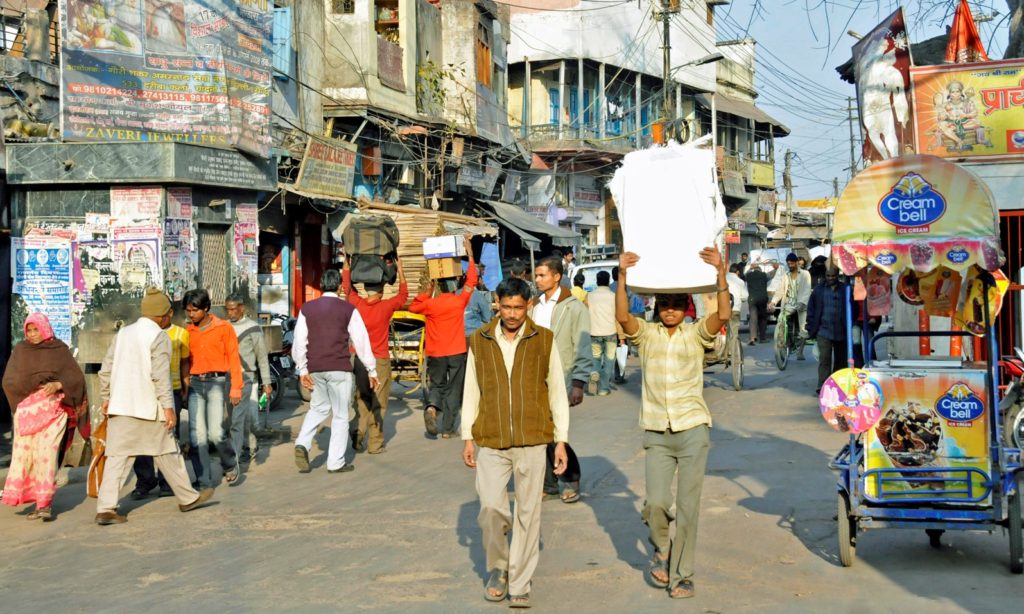
Old Delhi should be a must see for anyone visiting New Delhi, India. It is the one of the best places to experience India as India.
In 1639, Mughal Emperor Shah Jahan, best known for building the Taj Mahal, decided to move his capital from Agra to a new walled city 130 miles to the northwest. When completed ten years later, the city, named Shahjahanabad (Shah Jahan’s City) featured a fortified palace now called the Red Fort. In 1650, Shah Jahan added Chandni Chowk (Moonlight Square), a massive bazaar west of the palace named for moonlight reflected by canals traversing the area. Between 1650 and 1656, 5000 workers constructed Jama Masjid (Friday Mosque), accommodating 25,000 worshippers, south of the Red Fort. Shahjahanabad remained the capital of the Mughal Empire until 1857, when the British formally dissolved the Empire after a rebellion centered at the Red Fort. They renamed the area Old Delhi.
Today, the Red Fort and Jama Masjid have been restored, providing an opportunity to see great examples of Mughal architecture and to get a sense of the power of the Mughal Empire at its peak. For a small fee, visitors can climb the 130 narrow steps inside Jama Masjid’s southern minaret to get a view of all of Old Delhi and the most important buildings of New Delhi to the west. But the most important part of a visit to Old Delhi is the opportunity to experience what makes India unique. Walking around Chandni Chowk, visitors can encounter everything from sons carrying their recently deceased father to the funeral pyre to men selling chickens caged on the backs of their bicycles. Everywhere are the smells of Indian cooking, the colors of women’s saris and the horns of the ubiquitous tuk-tuks (auto rickshaws). For me, to experience Old Delhi is to experience life.
Comments are closed.